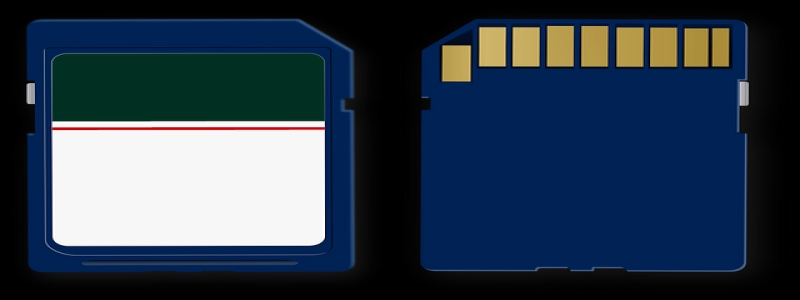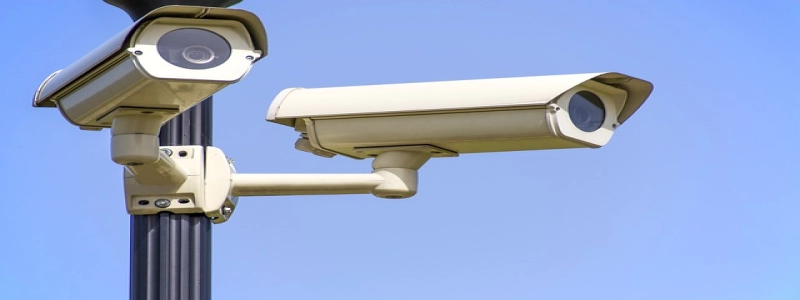Difference between Transmitter and Transceiver
Úvod:
In the world of telecommunications and electronics, transmitters and transceivers play vital roles in sending and receiving information. Although they might seem similar, there are distinct differences between a transmitter and a transceiver. This article aims to provide a detailed explanation of the differences between these two important devices.
já. Definition:
A. Vysílač:
A transmitter is an electronic device that generates and sends out signals, usually in the form of electromagnetic waves. It is responsible for converting information or data into a format that can be transmitted over a specific medium, such as radio waves or cables. Transmitters are commonly used in various industries, including broadcasting, telecommunication, and wireless networking.
B. Transceiver:
A transceiver, na druhou stranu, combines the functionality of both a transmitter and a receiver into a single device. It is capable of transmitting and receiving signals, making it an essential component in two-way communication systems. Transceivers are commonly used in applications such as telephony, computer networks, and wireless communication.
II. Key Differences:
A. Functionality:
The primary difference between a transmitter and a transceiver lies in their functionality. A transmitter focuses solely on transmitting signals and does not have the capability to receive incoming signals. It converts information into a suitable format for transmission and sends it out through an antenna or a cable.
In contrast, a transceiver can both transmit and receive signals. It combines the functions of a transmitter and a receiver within a single device, allowing for bidirectional communication. This makes transceivers ideal for applications requiring two-way communication or the ability to both send and receive data.
B. Application:
Transmitters are commonly used in various industries where the need for sending signals is prevalent. They are utilized in television and radio broadcasting, wireless networks, satellite communication, and many other fields. Their main purpose is to ensure the efficient transmission of information to the intended recipients.
Transceivery, na druhou stranu, are widely used in applications that require both sending and receiving data. For example, they are essential components in mobile phones, walkie-talkies, wireless routers, and computer networks. The bidirectional capability of transceivers enables seamless communication between multiple devices.
C. Complexity:
In terms of complexity, transmitters are generally simpler compared to transceivers. Since transmitters only focus on transmitting signals, they have fewer components and circuitry. This simplicity often results in lower costs and easier maintenance.
Transceivery, na druhou stranu, require additional components and circuitry to perform both transmission and reception functions. The integration of these functionalities often increases the complexity and cost of transceivers. nicméně, the convenience and flexibility provided by transceivers also make them more versatile and practical in certain situations.
Závěr:
celkem, while both transmitters and transceivers are essential in the field of telecommunications and electronics, they differ in terms of functionality, application, and complexity. Transmitters specialize in transmitting signals, whereas transceivers combine the capabilities of both transmitting and receiving signals. Understanding these differences will aid in choosing the appropriate device for specific communication needs.








